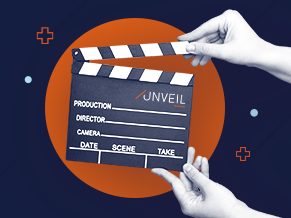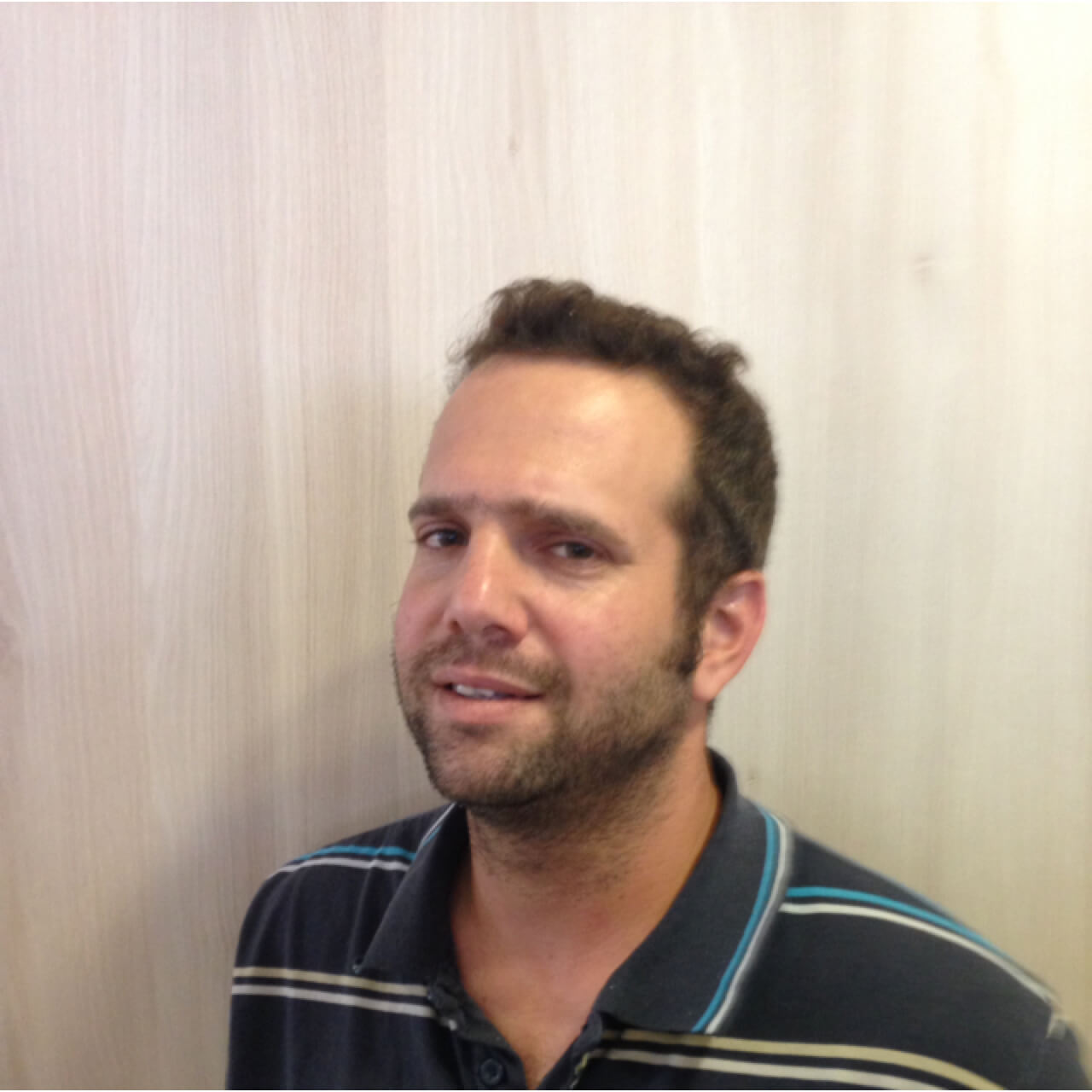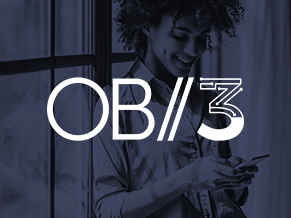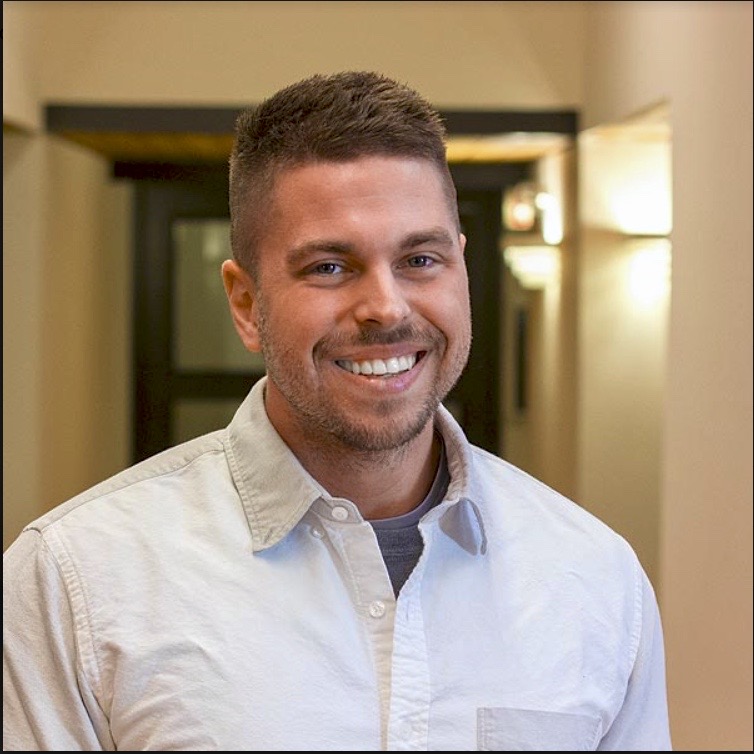[ANZ Case Study]: Using Content to Highlight Social Issues

The advertising industry is rapidly evolving beyond creating ads for ad placements. In an era of ad blockers, skip buttons, and ad-free radios and TV channels, traditional ads are dying a slow death by quickly becoming less and less relevant.
This changes everything. From the ideation of content through to the distribution strategy, all the way to measurement, the entire marketing paradigm is adapting to the new attention economy.
This presents a unique opportunity for brands to develop an ecosystem where they can deliver content across multiple channels, through branded films, podcasts, webcasts, social, and other forms of in-feed content.
In many ways, the Financial Services industry is among the pioneers in this new brand publishing frontier. FSI brands face unique regulatory and compliance challenges, but they’re still managing to create amazing, innovative content, reach new audiences, and grow their brands.
We recently caught up with Schalk van der Sandt, the Head of Digital at PHD Media, during our first Finance Masterclass in Sydney. Schalk worked directly with ANZ (Australia & New Zealand Banking Group) on the Equal Future campaign, which won six awards at this year’s Cannes Lions.
Here’s what he had to say.
One historic area of focus for ANZ has been raising awareness for professional and financial gender inequality.
With the Equal Future campaign, it wanted to create an active movement for real change.
The campaign originated from a white paper that was commissioned by ANZ from a strategic research firm. Content assets were based on facts, figures, and stats that were pulled from the white paper.
ANZ then created the “Equal Future” video, produced by New Zealand award-winning director Jane Campion. The short video highlighted some of the challenges and facts from the white paper. The video was launched at an event hosted by ANZ which featured celebrities and media personalities, including Australia’s first female prime minister Julia Gillard, tennis superstar Martina Navratilova, and General David Morrison who’s been historically a champion for gender equality in Australian armed forces.
During the launch event, ANZ also announced some of the steps they planned to take to address some of the inequality issues highlighted in the campaign. They also launched the #EqualFuture hashtag with an added charity element: they would donate $1 to the International Women’s Development Agency, every time the hashtag was used.
All these elements, together, helped the campaign reach 112 million people globally within the first 12 days, and 1.5 billion people by the end of the campaign.
In short, these were the three “C’s” that contributed to the success of ANZ’s Equal Future:
-
Creating an emotional response: ANZ invested in their content assets to make sure they were compelling enough to make people pay attention and generate an emotional response. They also made them appealing enough for people to want to share and put their voice and support behind them.
-
Credibility: ANZ worked with major publishers and high-profile personalities to source content for a microsite built around the campaign to add credibility and weight to the initiative.
-
Continuity: they made sure the website was updated on regular basis with opinion pieces, news, and video content. A follow-up video campaign called “Pocket Money” launched a few months later as a sequel to the first video.
|
Outbrain experts can help you align your strategy with the content journey. |
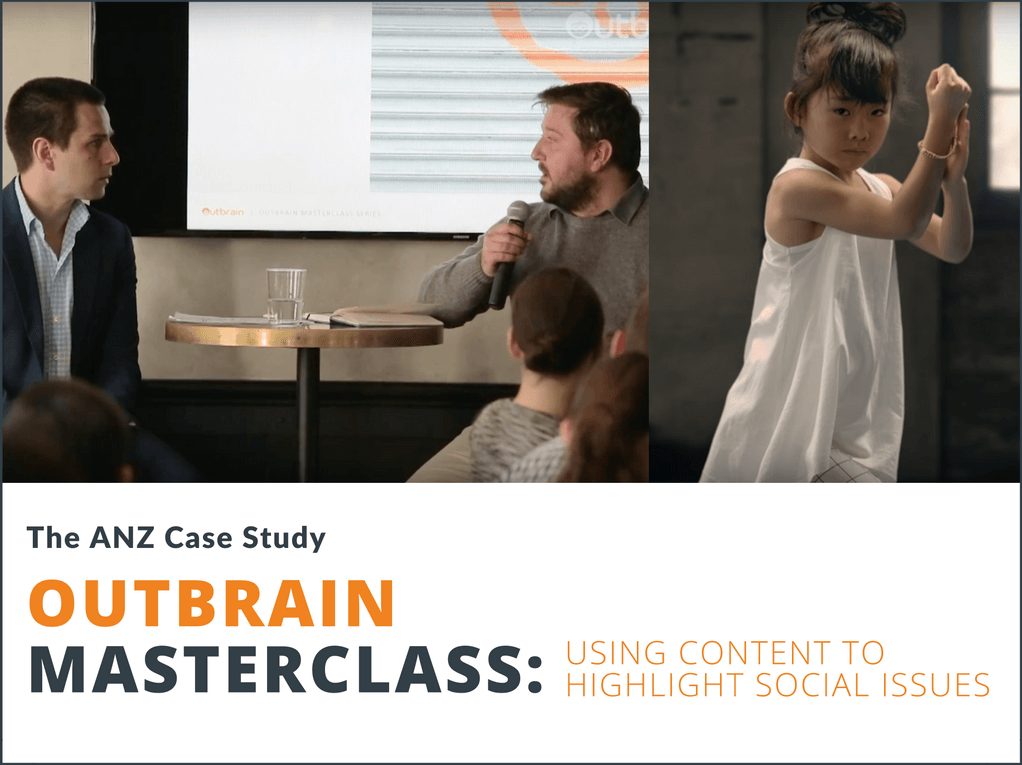


![[Event Recap] 3 Highlights from Outbrain’s 2021 Unveil](https://www.outbrain.com/blog/wp-content/uploads/2021/01/OB-Blog-Post-Regular-Thumbnail-Unveil-Recap.jpg)

